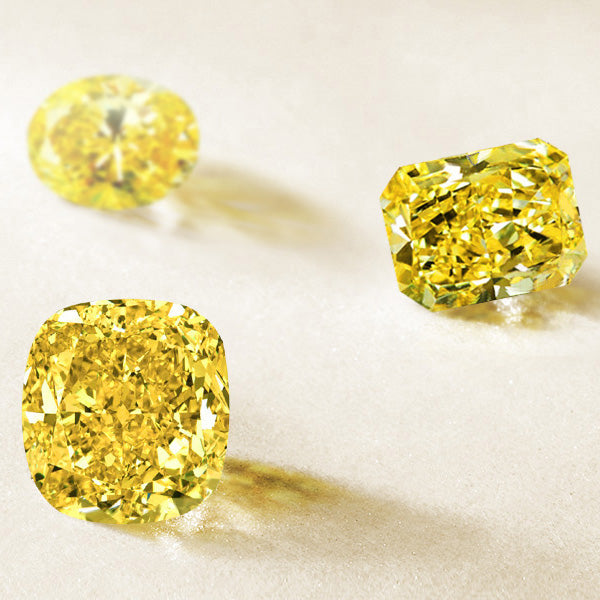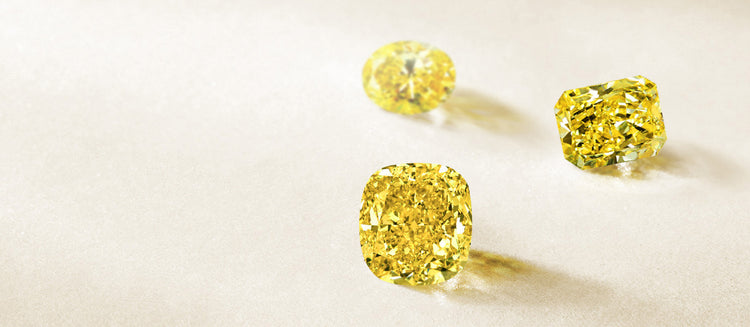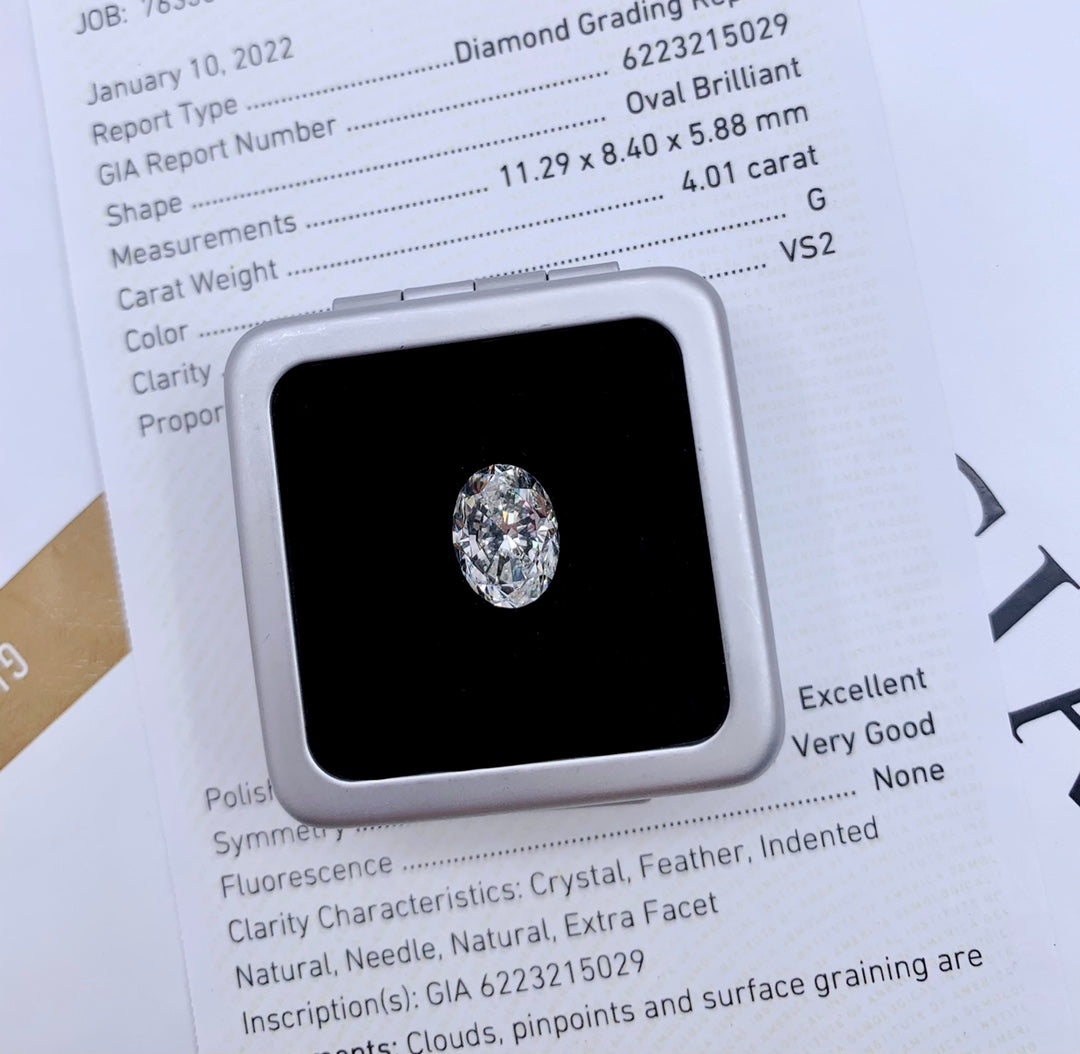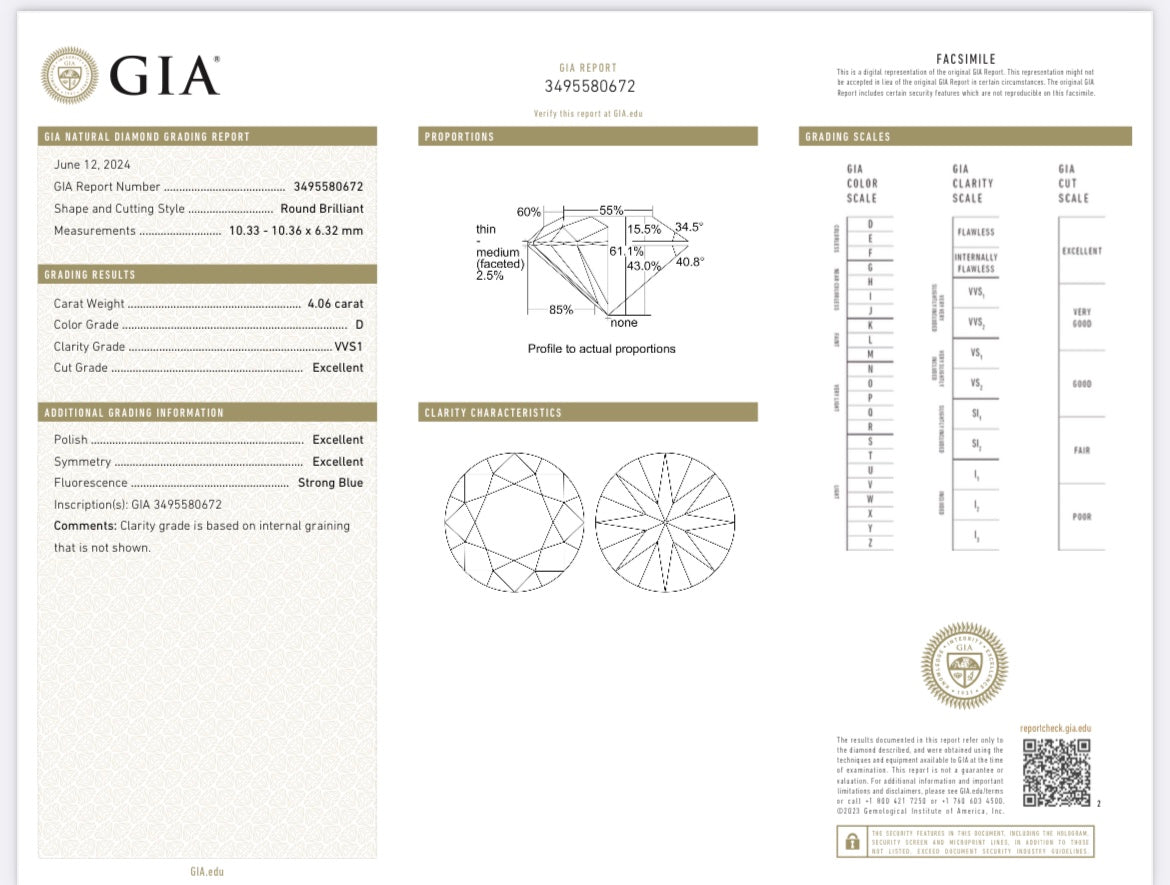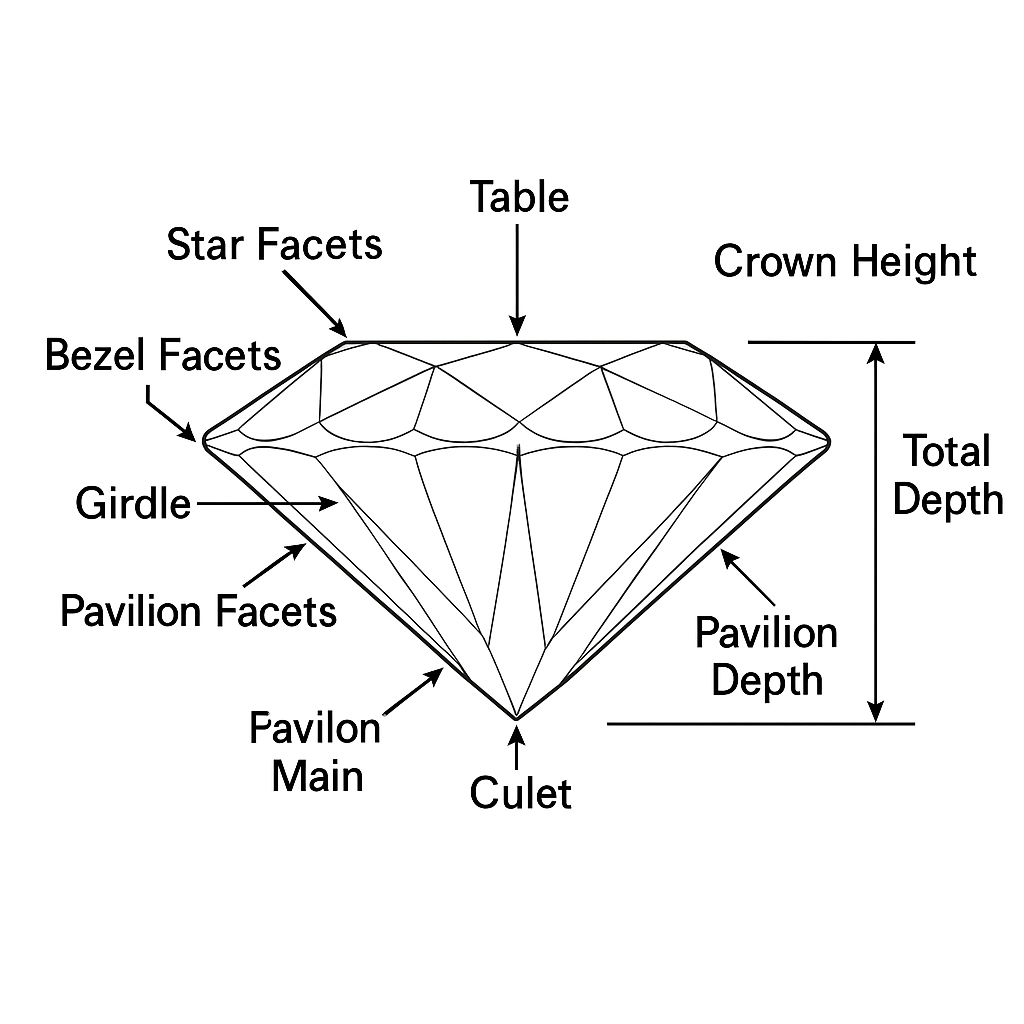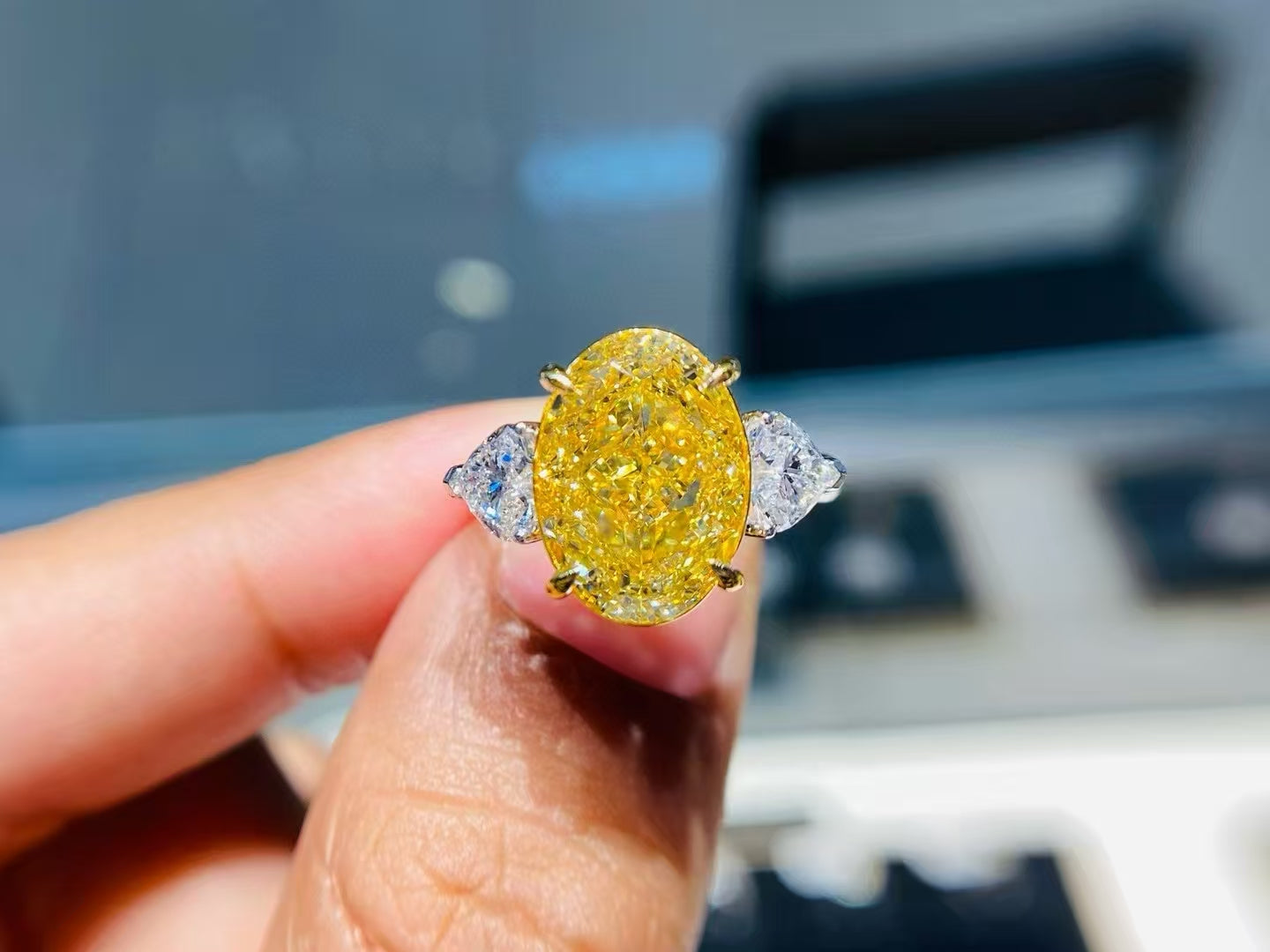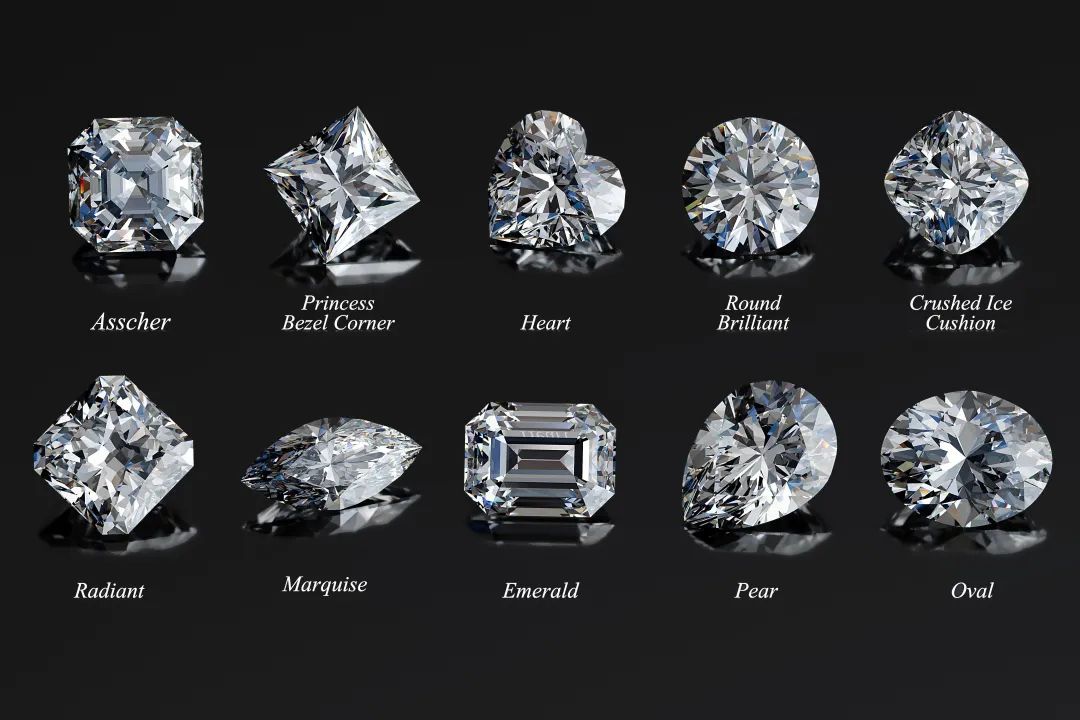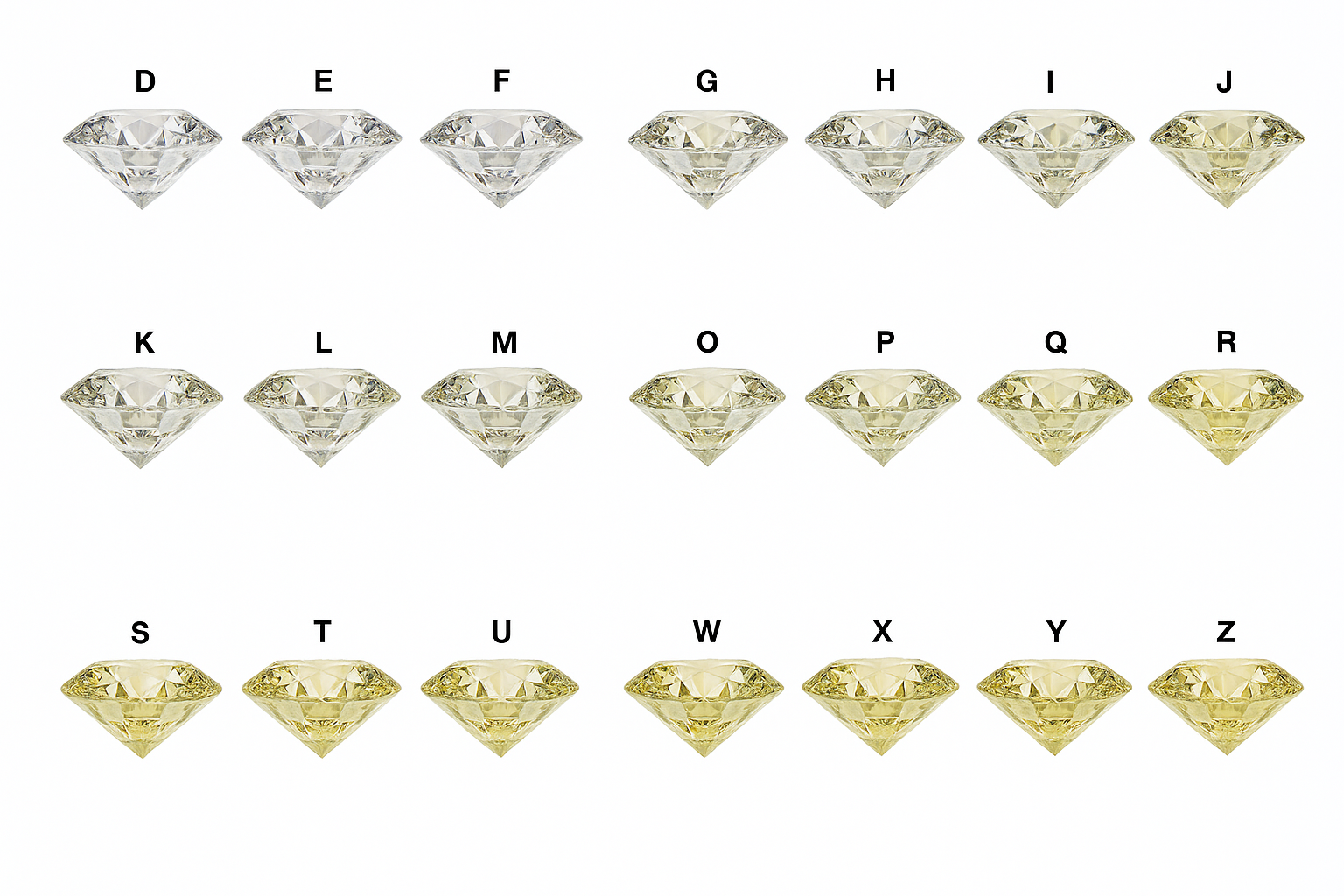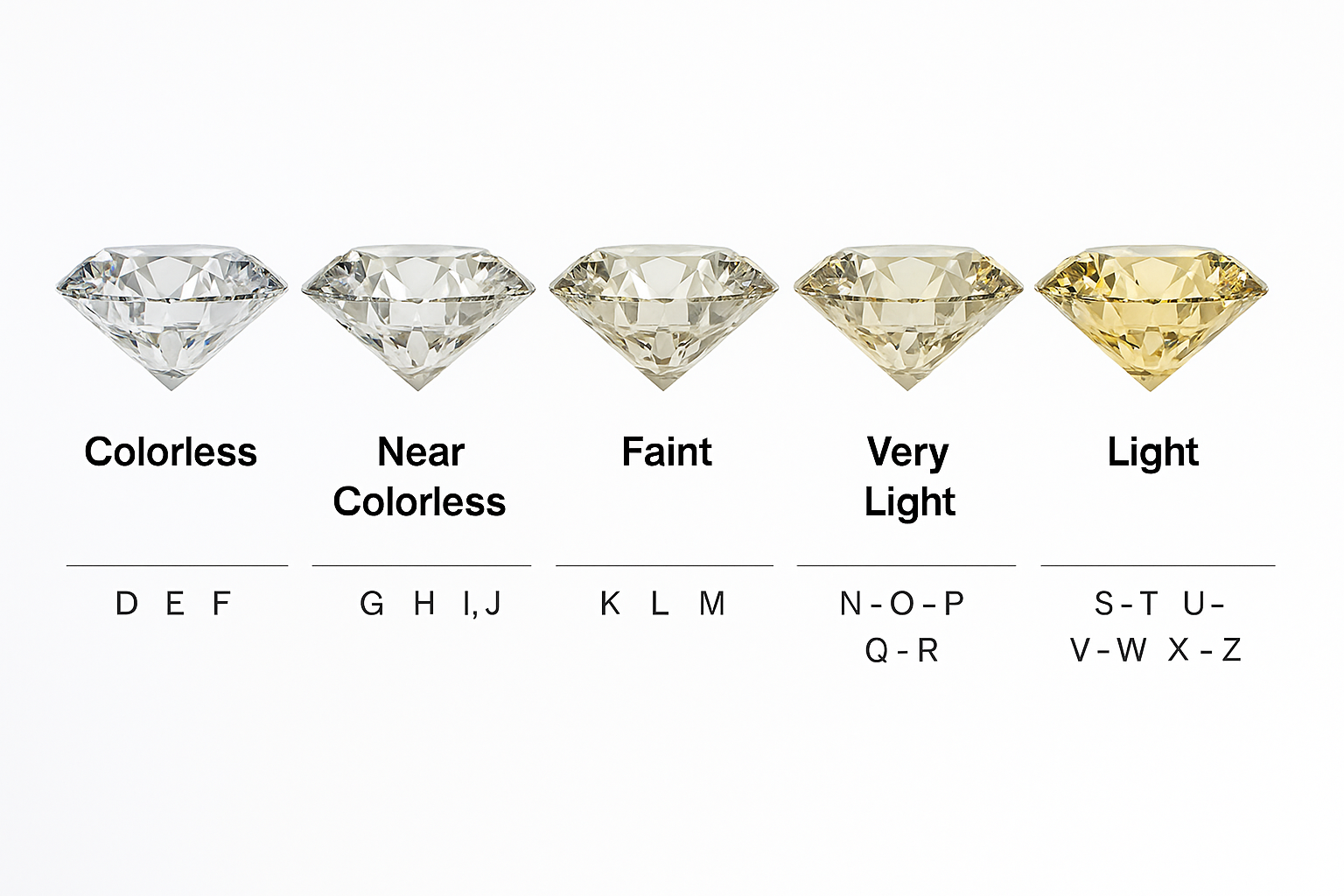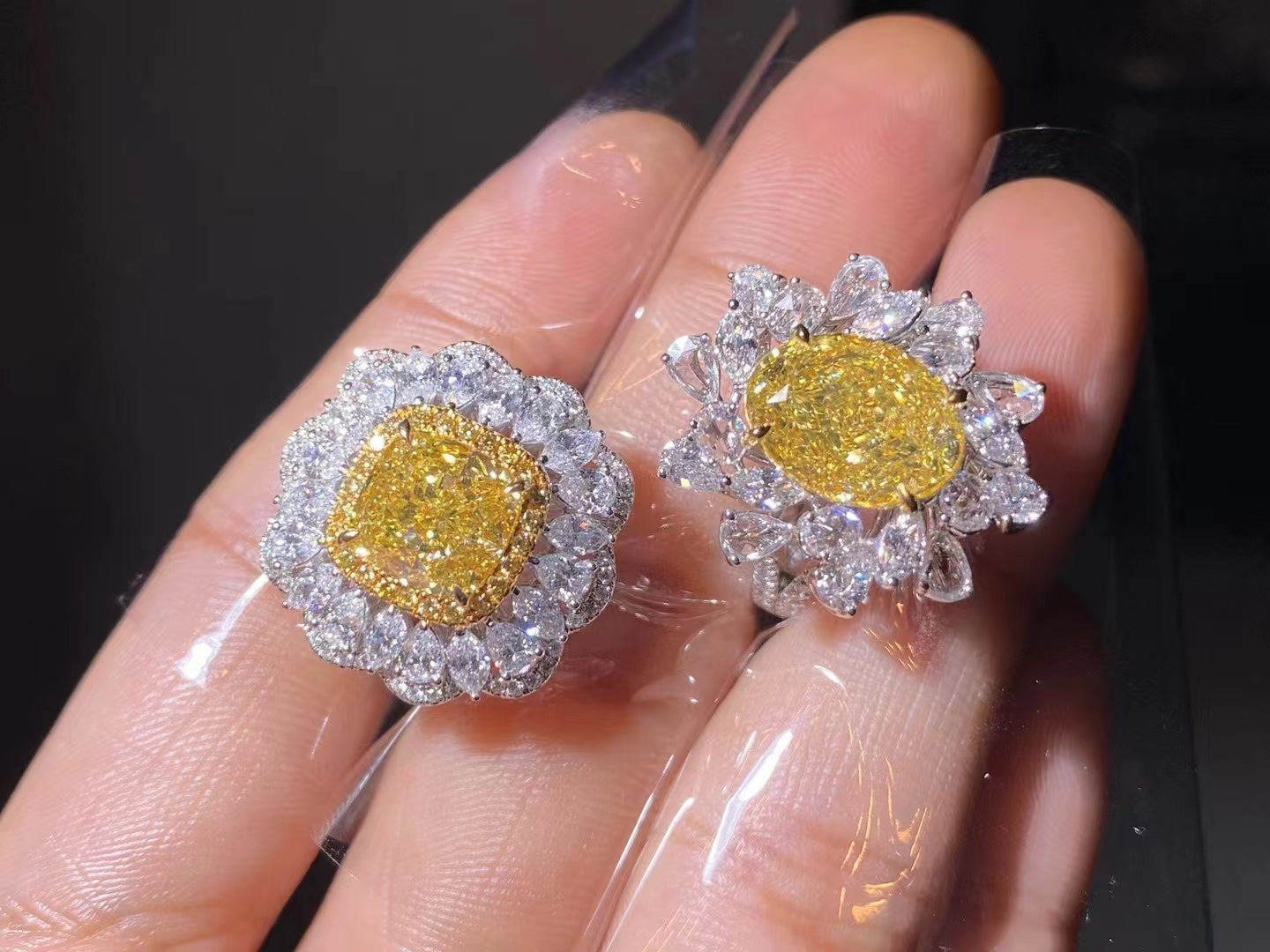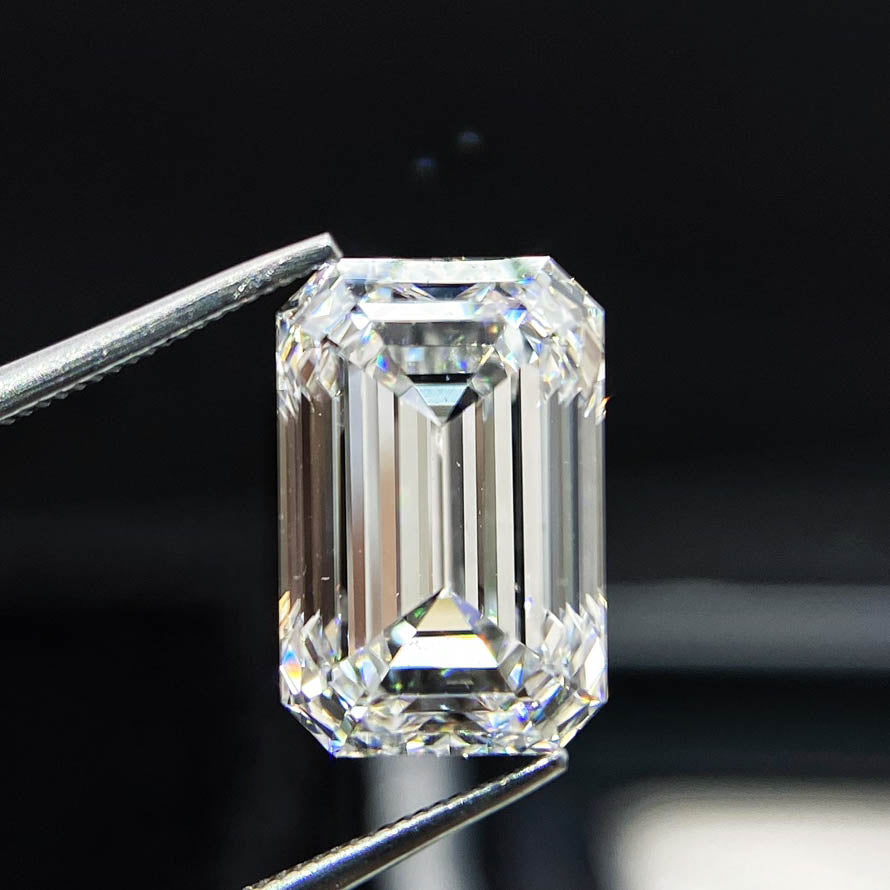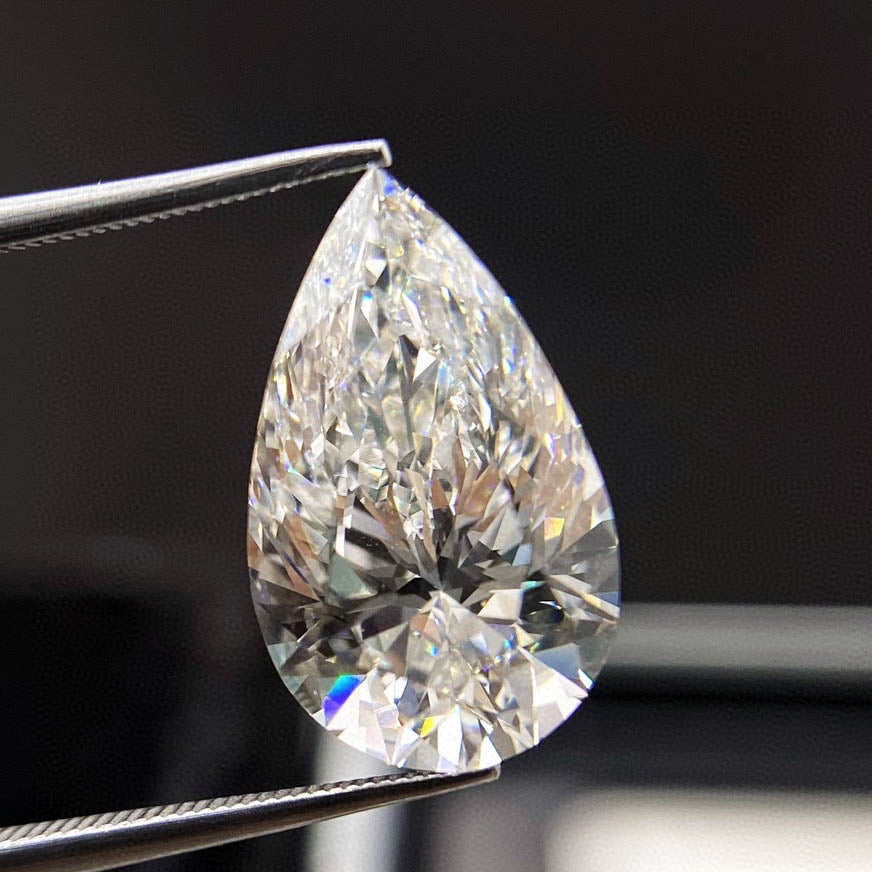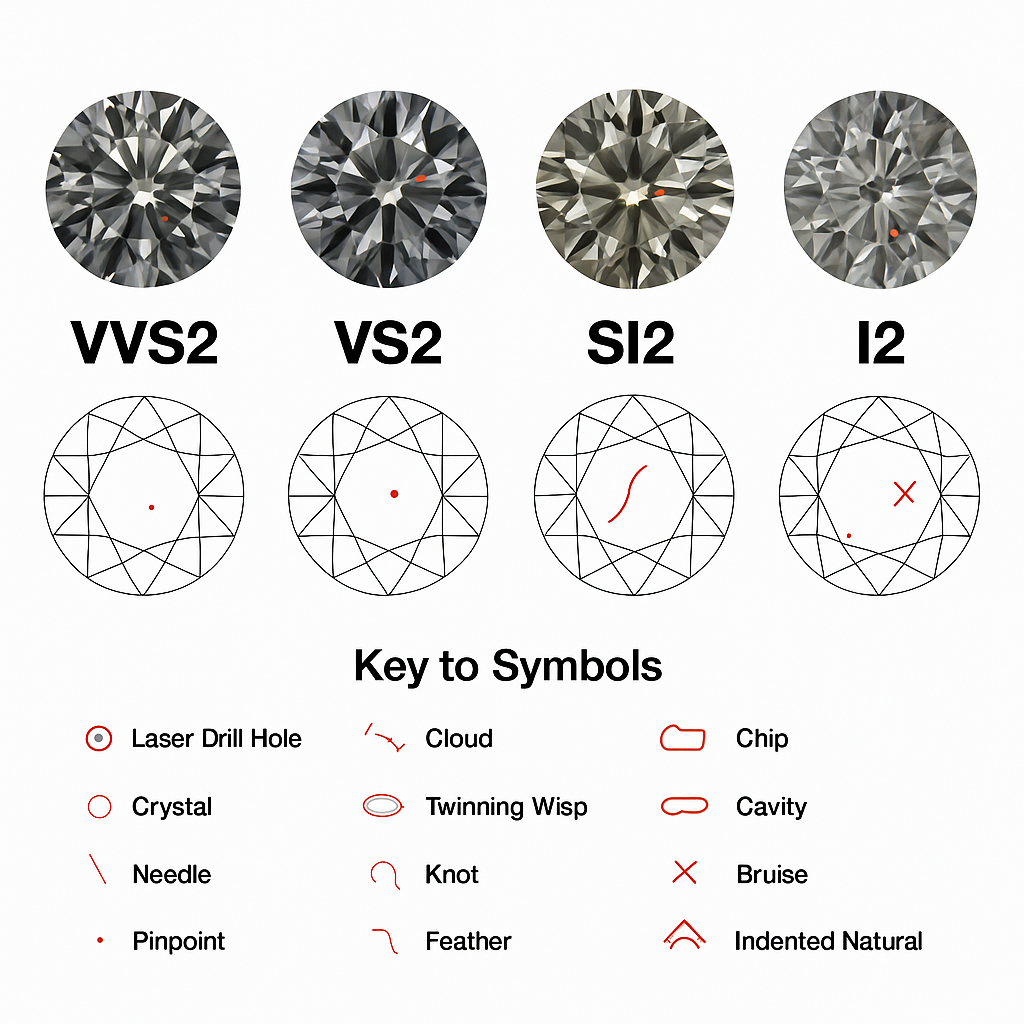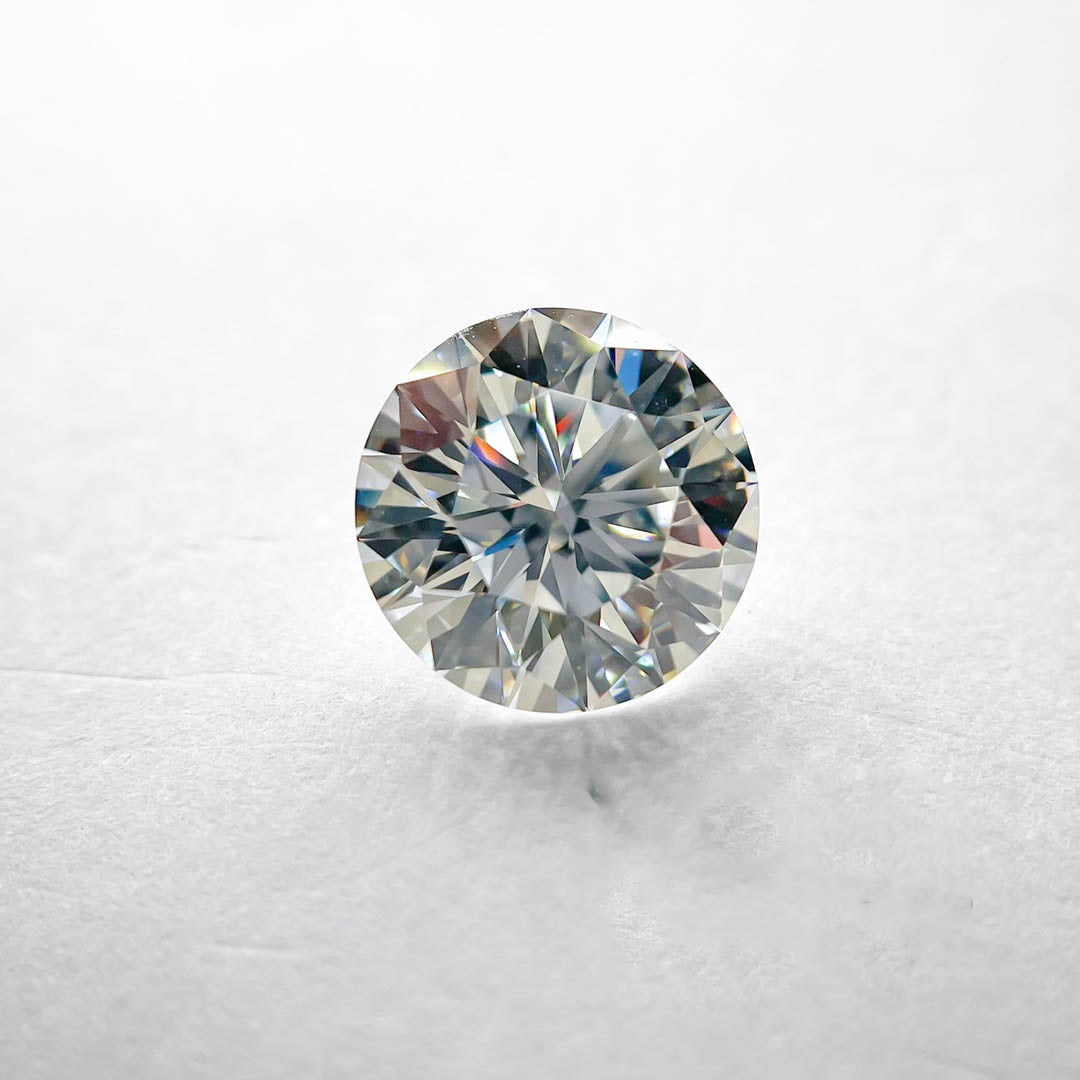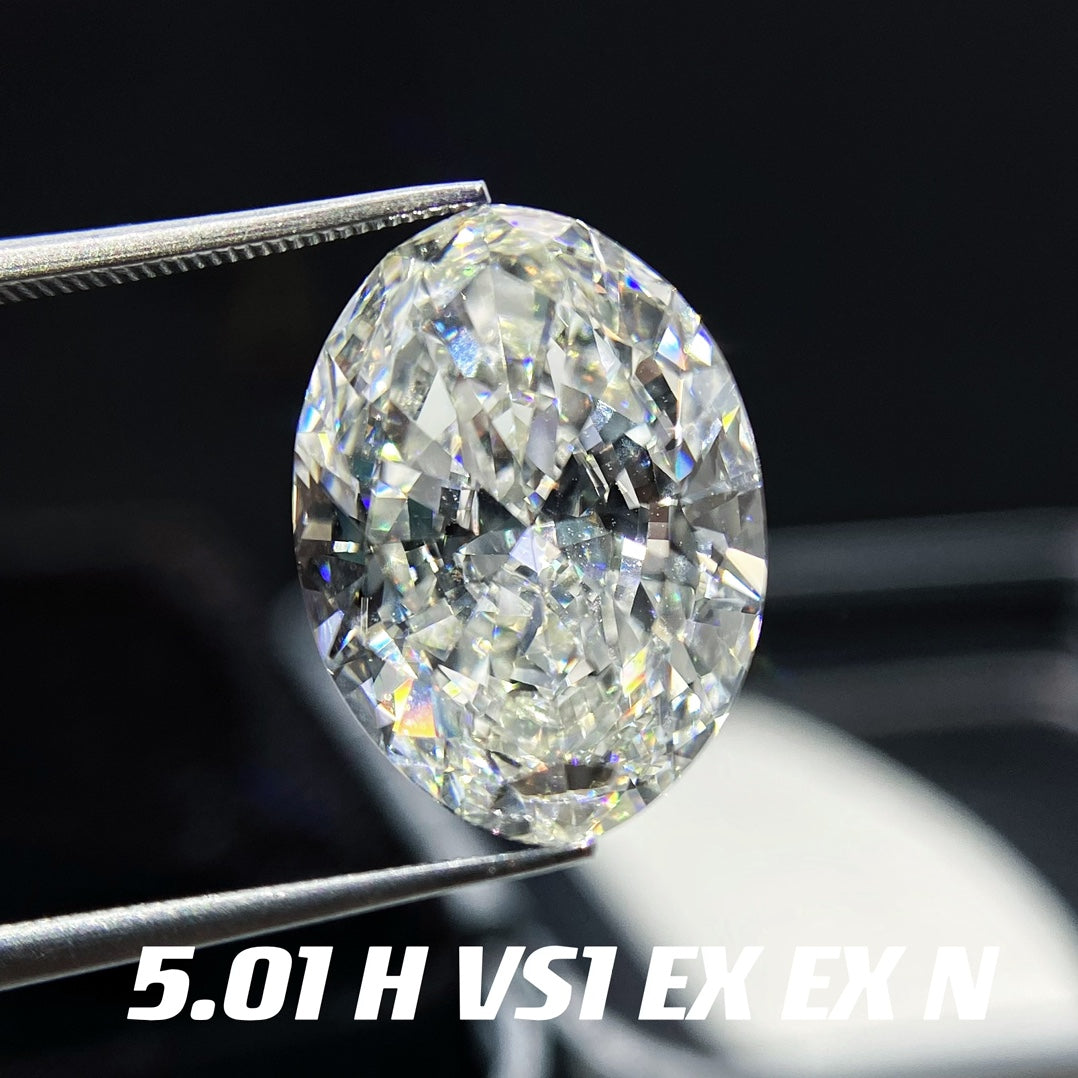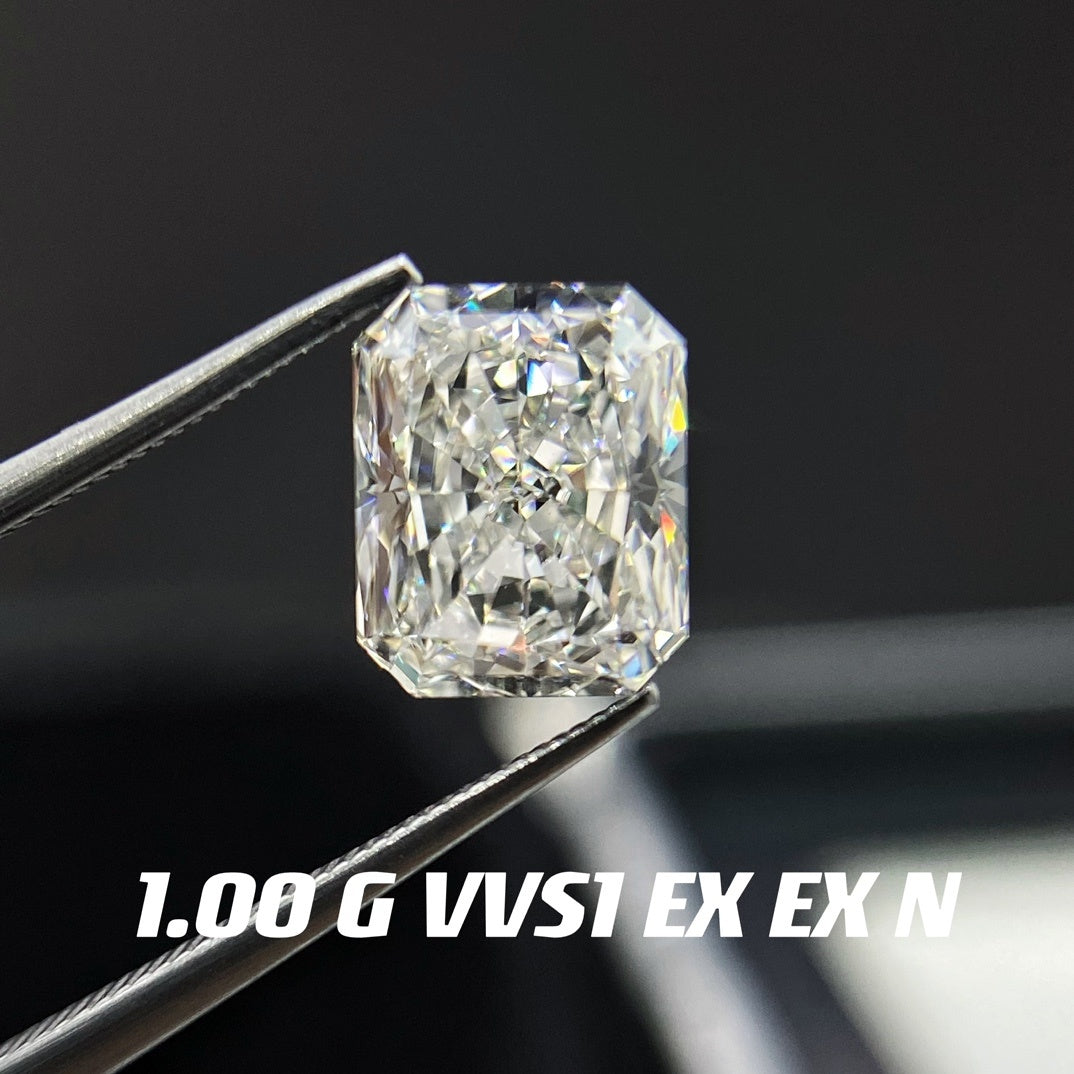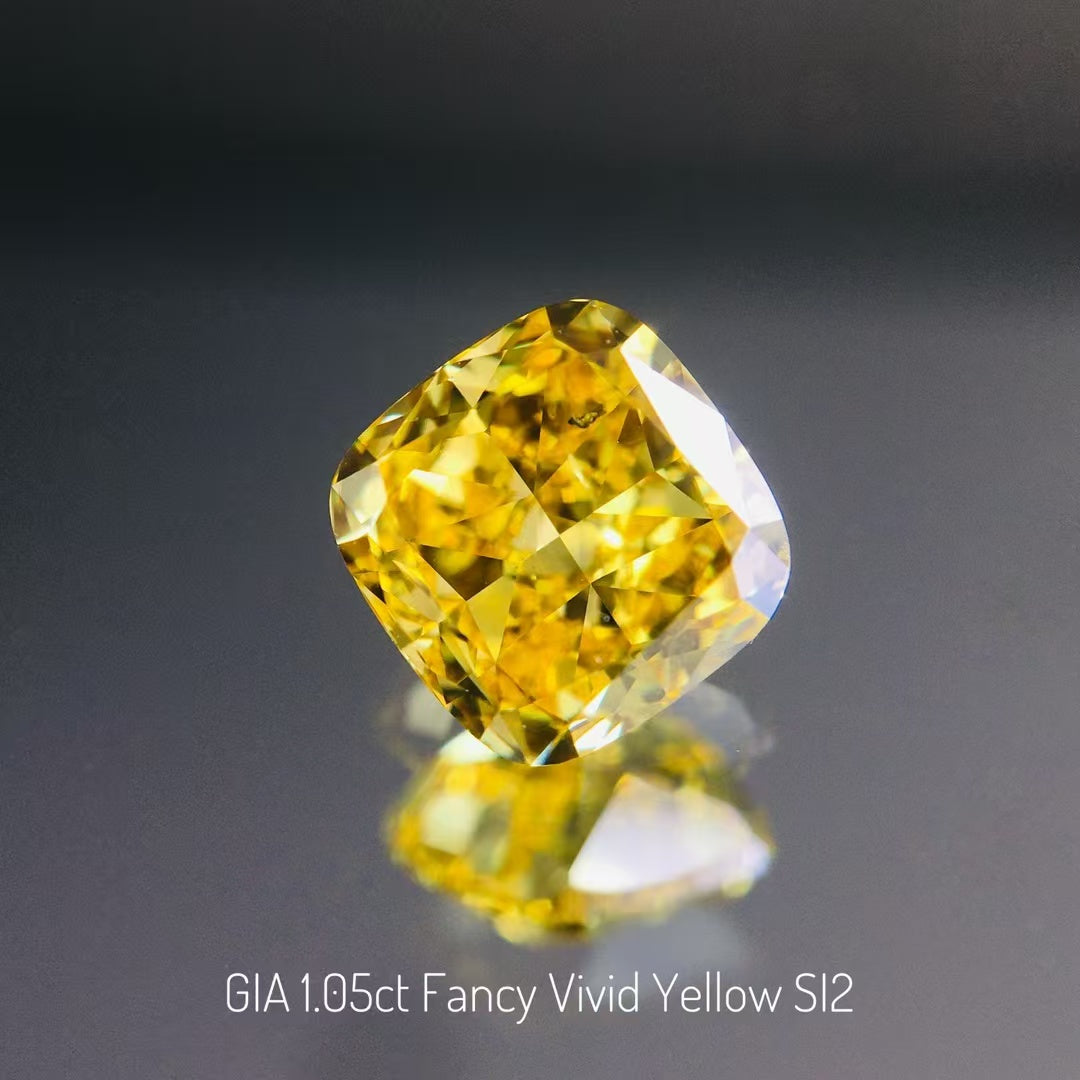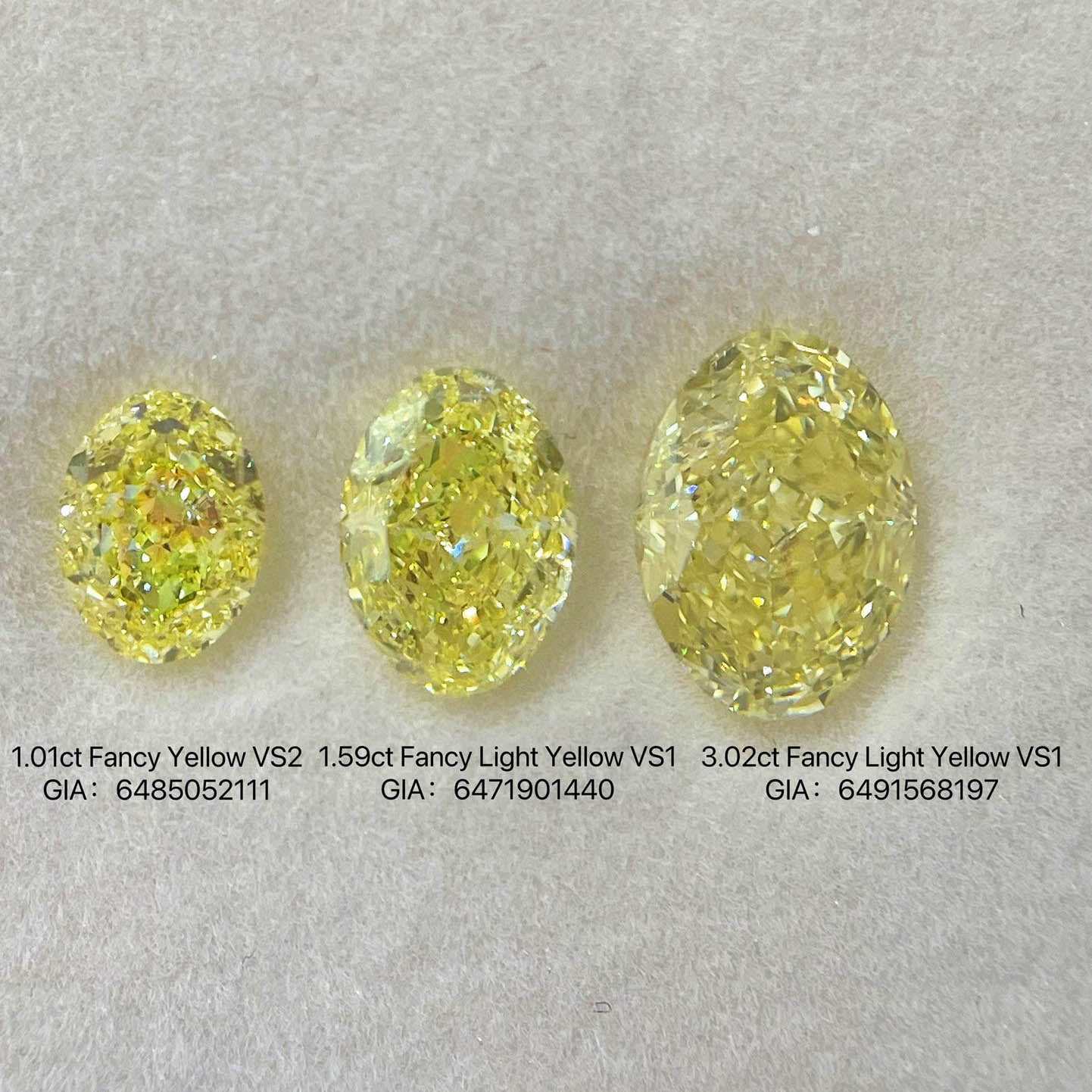Your Diamond 4Cs Cheat Sheet: Key Takeaways & FAQs
There is no single "best" combination, as individual preferences and budget play a significant role. However, for achieving maximum visual appeal and good value, many experts recommend prioritizing an Excellent cut, a color grade in the G-J range, a clarity grade in the VS1-SI1 range (ensuring it's eye-clean), and then selecting the highest carat weight that the budget allows.
Most diamond experts agree that Cut has the greatest impact on a diamond's brilliance, fire, and overall beauty. A well-cut diamond will sparkle intensely, while a poorly cut diamond can appear dull regardless of its color or clarity. After cut, the general hierarchy of importance is often considered to be Color, then Clarity, and finally Carat Weight, though personal priorities can alter this.
Yes, balancing the 4Cs often involves making trade-offs to stay within a budget. For example, one might opt for a slightly lower color or clarity grade to afford a larger carat weight or, more advisably, a superior cut. The key is to understand the visual impact of these trade-offs. Prioritizing the cut grade is generally the most recommended strategy, as it most significantly influences the diamond's sparkle.
Natural diamonds are formed from carbon under extreme heat and pressure deep within the Earth's mantle, a process that can take billions of years. They are brought closer to the Earth's surface through deep-source volcanic eruptions. Lab-grown diamonds are also made of crystallized carbon but are created in laboratories using advanced technology that replicates the high-pressure/high-temperature conditions or chemical vapor deposition processes.
A higher price for a diamond typically reflects higher grades in one or more of the 4Cs, indicating greater rarity and/or superior craftsmanship (in the case of cut). However, "better" can be subjective. An exceptionally graded (and thus very expensive) diamond might not be visibly different to the naked eye from a well-chosen, slightly lower-graded diamond that costs significantly less. The focus should be on achieving the desired visible beauty and overall value within one's specific budget, rather than simply assuming higher price equals proportionally higher visual appeal in all cases.
